STRATEGY GUIDE: What are the possible race strategies for the 2023 Singapore Grand Prix?

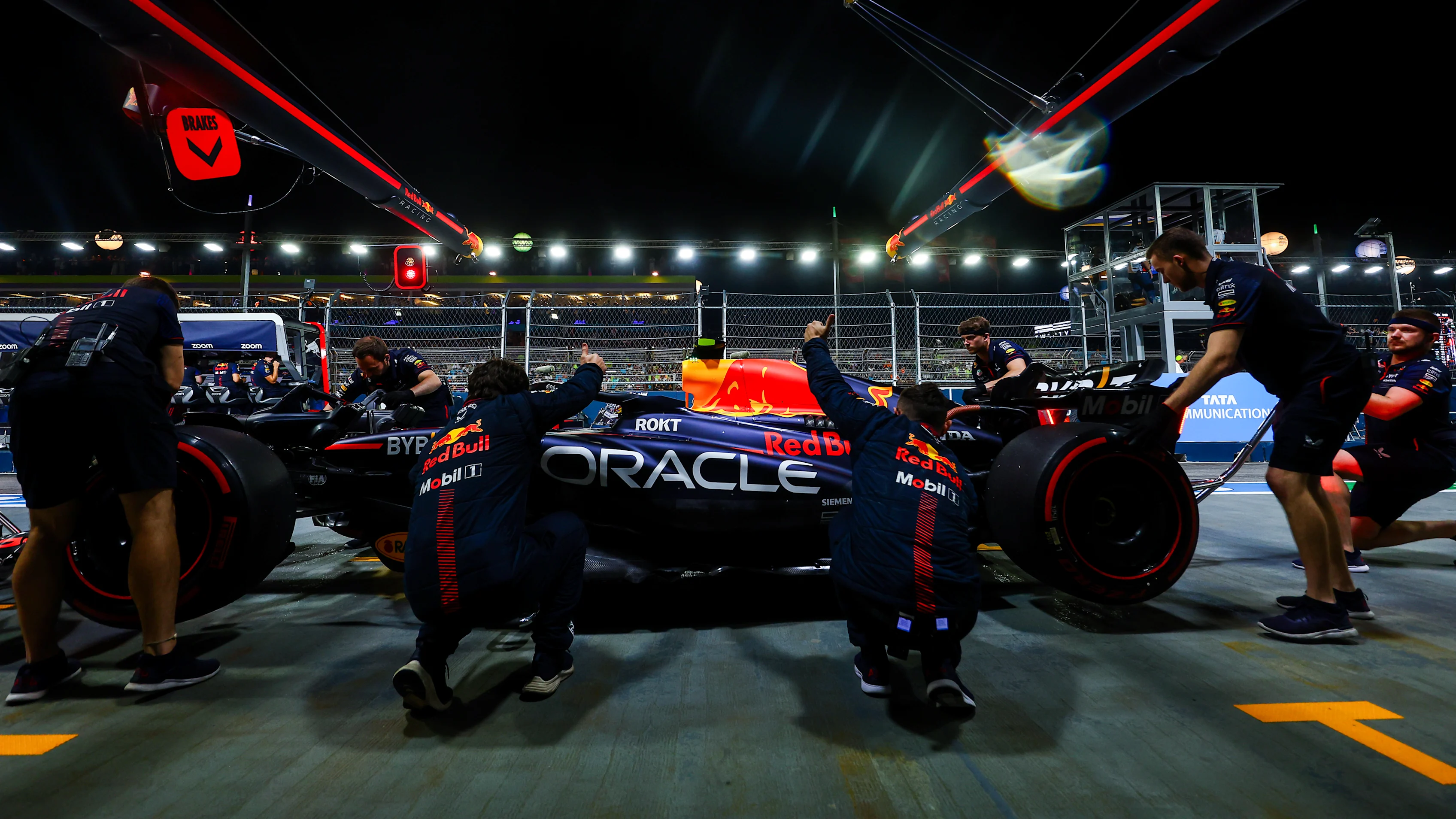
A grid full of teams with unexpected opportunities and challenges usually means strategy takes on added importance, especially at a venue where overtaking can be difficult. So here are a few of the strategic options that are likely to be open to the teams on race day in Singapore…
What’s the quickest strategy?
The Marina Bay Street Circuit can often throw up a real conundrum for teams, and this year looks like being no different.
Next Up
Related Articles
 10 ways to get your Formula 1 fix during the winter break
10 ways to get your Formula 1 fix during the winter break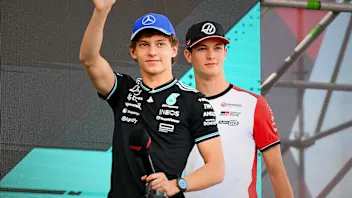 JacquesHow did the rookies do in their first F1 season?
JacquesHow did the rookies do in their first F1 season?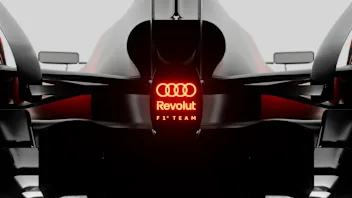 Audi announce team name and global launch date for 2026 challenger
Audi announce team name and global launch date for 2026 challenger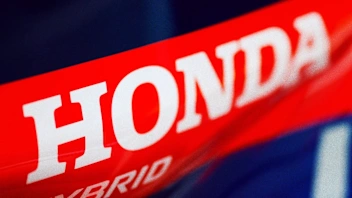 Honda reveal details around power unit launch
Honda reveal details around power unit launch An exclusive look into Pierre Gasly's off-track life
An exclusive look into Pierre Gasly's off-track life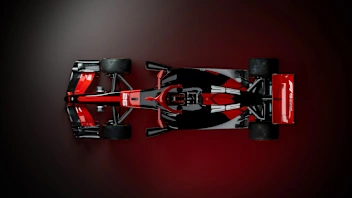 Everything you need to know about F1's new rules for 2026
Everything you need to know about F1's new rules for 2026
